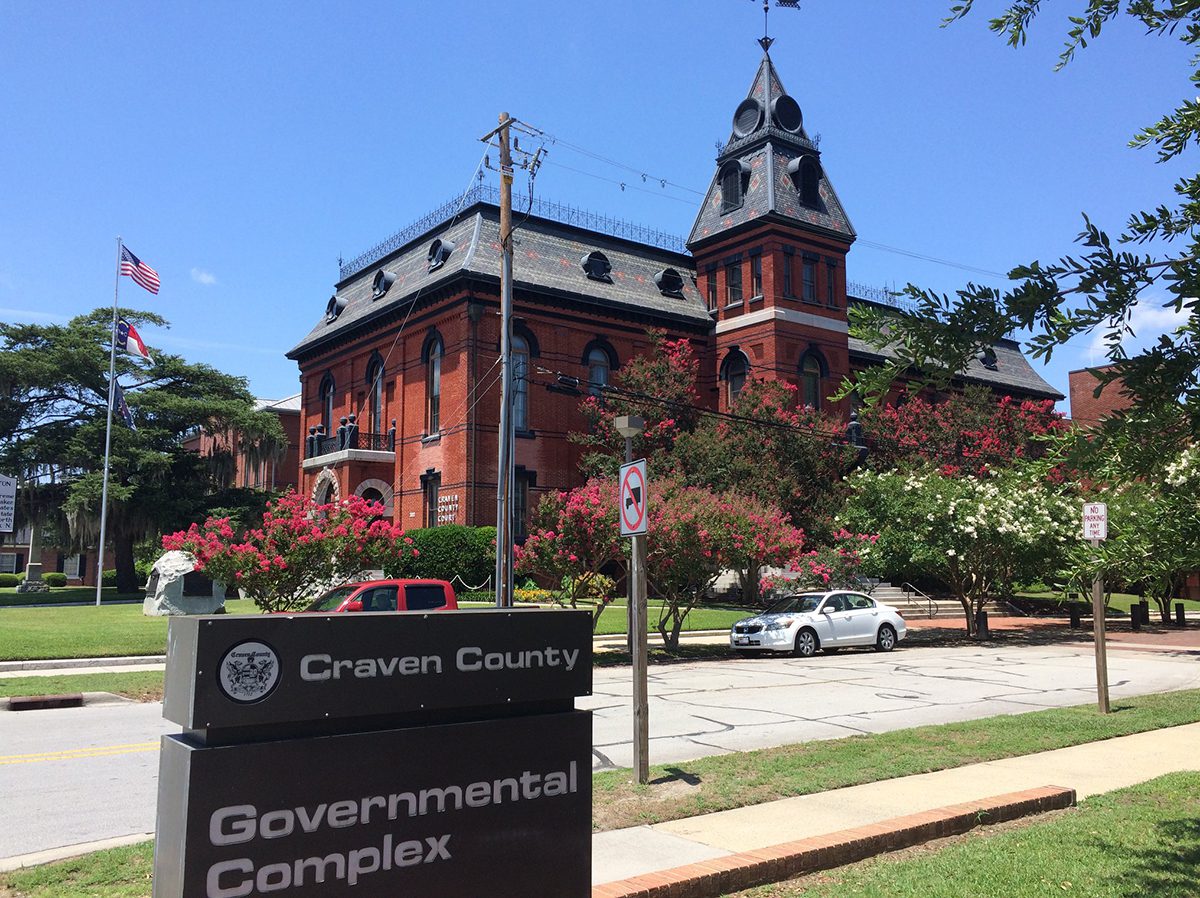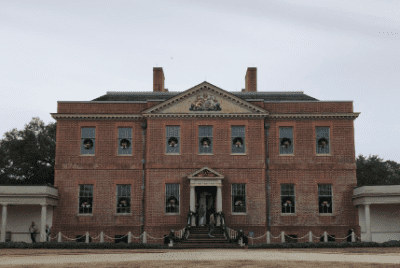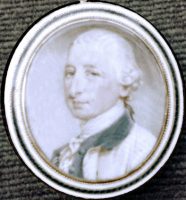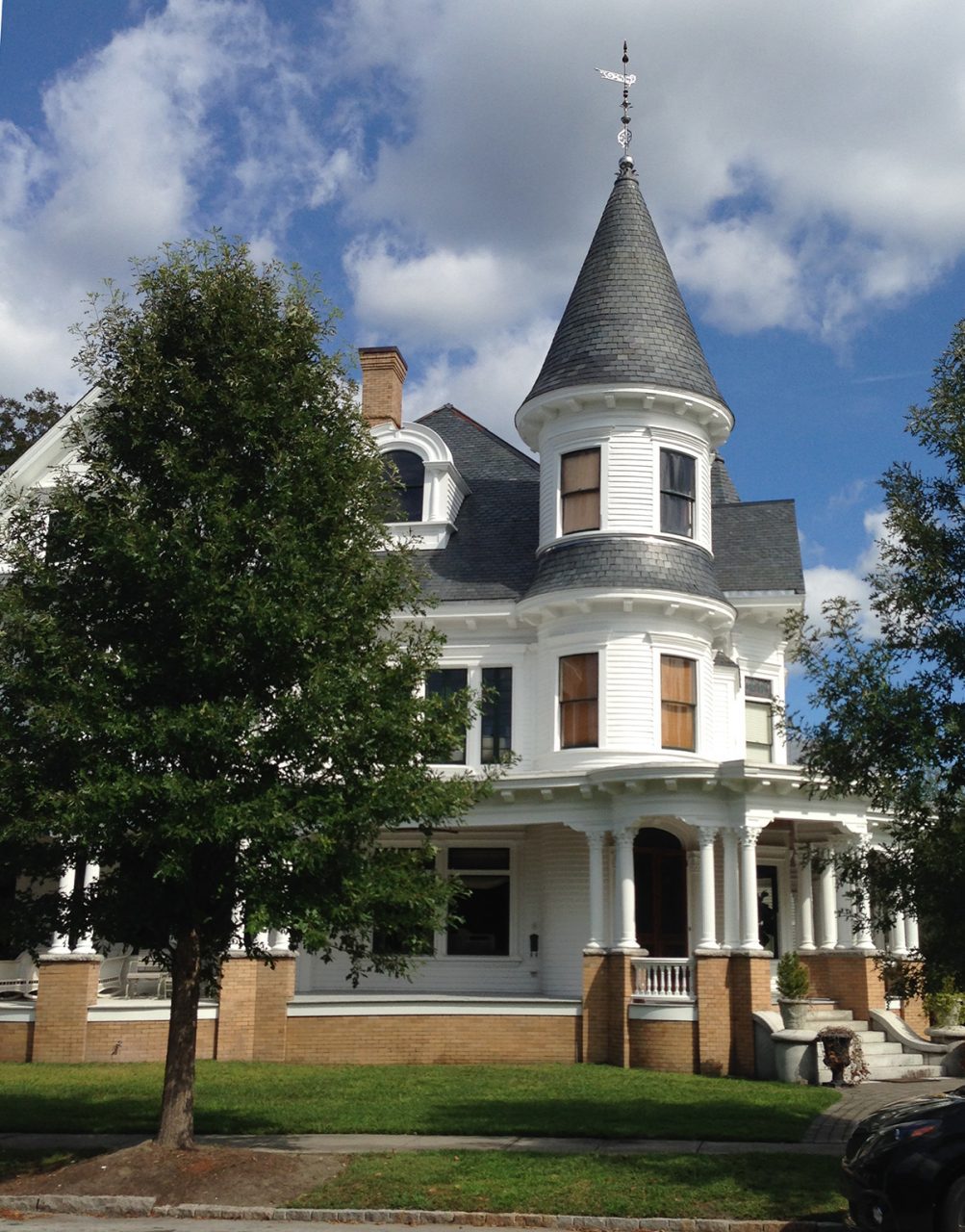
Part of a history series examining each of North Carolina’s 20 coastal counties.
Coastal North Carolina is dominated by rural landscapes, water and small towns. Two counties in the state’s coastal zone do not even have a municipality, while two others have only one municipality with fewer than 900 people. The counties that do have considerable urban areas have a rich, fascinating history of development and diversity that stands out compared with their quieter neighbors. Craven County is one of these urban coastal counties.
Supporter Spotlight
Dominated by the city of New Bern, Craven has transformed from a colonial trading post into a center for industry and tourism since its incorporation three centuries ago.
Craven County was the third area of North Carolina permanently settled by Europeans. While the Albemarle Sound and the region near Bath Creek were home to English settlers, the Neuse River and Trent River attracted Swiss and German immigrants. These Swiss and Germans arrived in 1710 under the leadership of Baron Christoph Von Graffenreid. The explorer John Lawson laid out their town, New Bern, that same year. Craven County was formed two years later in 1712 from Bath County, according to David Leroy Corbitt.
New Bern’s settlement became the center of the Tuscarora War. It represented a major encroachment of Europeans into an area held by the powerful Tuscarora Native Americans. The Tuscarora killed Lawson, captured Von Graffenreid and devastated both New Bern and the other North Carolina town of Bath, according to historian David La Vere in his book, “The Tuscarora War.” An expedition from South Carolina finally ended the war in 1713 with a horrific massacre at the Tuscarora town of Fort Neoheroka.

Starting in 1766, New Bern became the capital of the North Carolina colony. It was a center for governance and the home of many of the colony’s most powerful families.
The town was where colonial governor William Tryon built his imposing palace in 1770, a construction project that prompted the colony-wide Regulator revolt. New Bern was also arguably where the American Revolution started in North Carolina. In May 1775, Tryon’s successor Josiah Martin was forced to flee Tryon Palace when a large mob gathered and threatened to tear down the gates. Martin’s flight was the unofficial end of royal control in the colony.
Supporter Spotlight

New Bern and surrounding Craven County had several natural advantages that helped them grow to substantial wealth during the antebellum period. The city is located at the confluence of two navigable rivers, the Trent and the Neuse. Those rivers flow through hundreds of miles of rich soil in Jones, Johnston and Lenoir counties as well as others nearby. Since those counties lacked substantial markets, New Bern was their connection to the rest of the world.
Accordingly, the city’s population increased, and it was the largest in the state until the 1840 census. Wealth brought new buildings and expansion as well as a large population of enslaved people. Craven County had the 29th highest percentage of enslaved people in the state in 1860, according to the Hergesheimer map. It also had a large number of free African American residents, including prosperous barber and anti-slavery advocate John C. Stanly.
New Bern escaped much of the privation that affected other coastal towns such as Elizabeth City and Plymouth during the Civil War. It was captured by the Union in 1862 and held for the remainder of the war. Following the war, New Bern was economically overtaken by Piedmont towns that embraced industrialization more quickly. It sank to the seventh largest town by 1900. But New Bern still retained a substantial amount of wealth given its importance to the state’s still-dominant agricultural sector.
This wealth was reflected in a number of large government buildings and fine homes built throughout the city. The stately county courthouse, a Romanesque Revival building with a mansard roof, was completed in 1897. One of the largest private homes was the Blades House (1903), described by historian Catherine Bishir in her book, “Architecture of Eastern North Carolina” as “among the state’s prime renditions of the energetic synthesis of Queen Anne style massing and early Colonial Revival detail.”

The 20th century was a time of transition and reflection for New Bern. The city began to embrace industry and build on its railroad connections. According to a 1920 city directory, the city had four banks, 12 lumber companies, and six fertilizer manufacturers. The railroad, which reached New Bern in 1858, continued to expand. It brought development to the city and enabled the creation of the county’s other towns such as Havelock, Cove City and Dover.
Despite this growth, it was clear that New Bern’s place at the top of North Carolina’s urban hierarchy was gone. This shift in the city’s fortunes pushed it to embrace its past in a way that few other North Carolina cities had. In 1945, the Tryon Palace Commission began fundraising to rebuild Tryon Palace, which had burned in 1798. Due chiefly to the efforts of local philanthropist Maude Moore Latham, the historically accurate palace opened to great acclaim in 1959. In the past few years, Tryon Palace has attracted over 200,000 visitors per year who pour millions of dollars into the local economy at hotels, shops, and restaurants downtown, according to newspaper articles and the Palace Foundation’s 2019 annual report.
Today, Craven County is one of coastal North Carolina’s most prosperous counties. It continues to attract industry and tourism, with sites such as Tryon Palace and the Birthplace of Pepsi-Cola. Havelock has grown rapidly with the expansion of Marine Corps Air Station Cherry Point. The county is also a popular stop for travelers on the way down U.S. 70 to Carteret County beaches and attractions.







